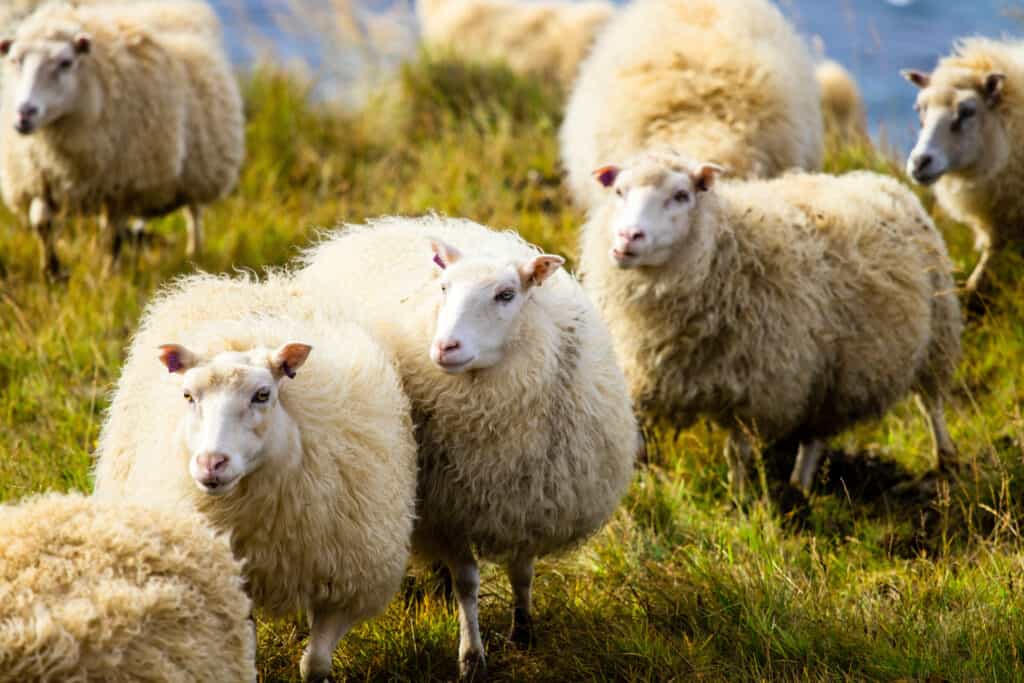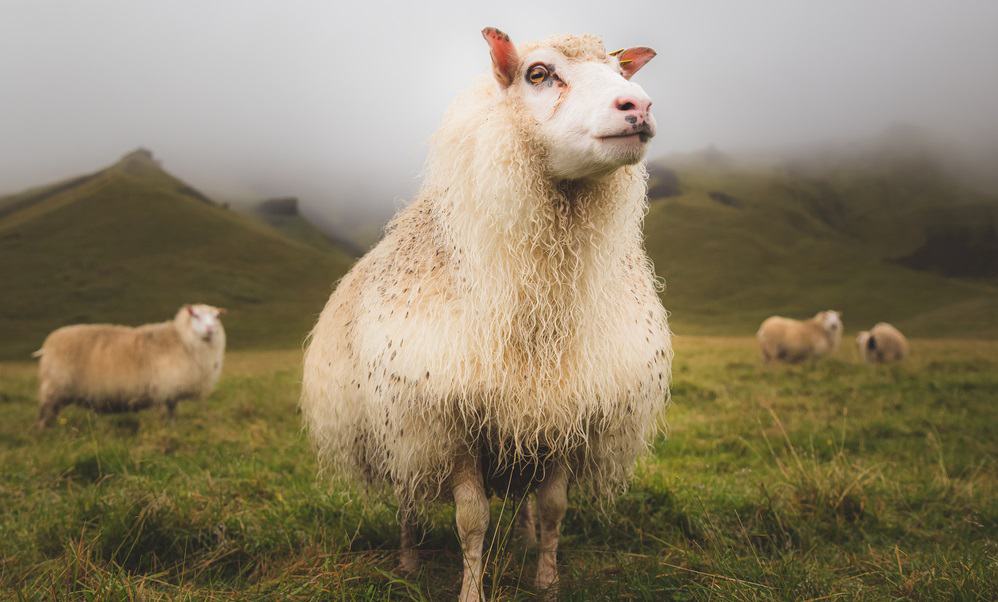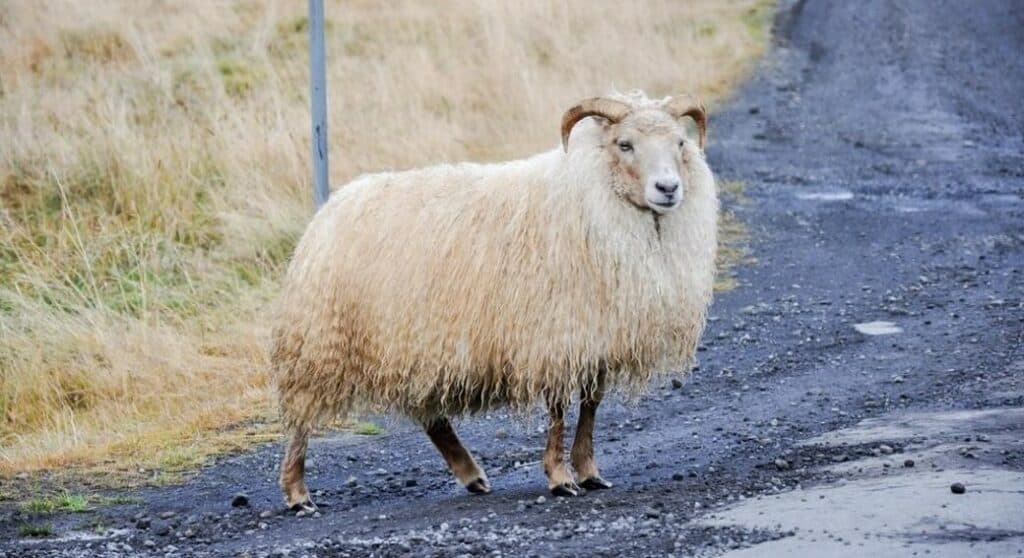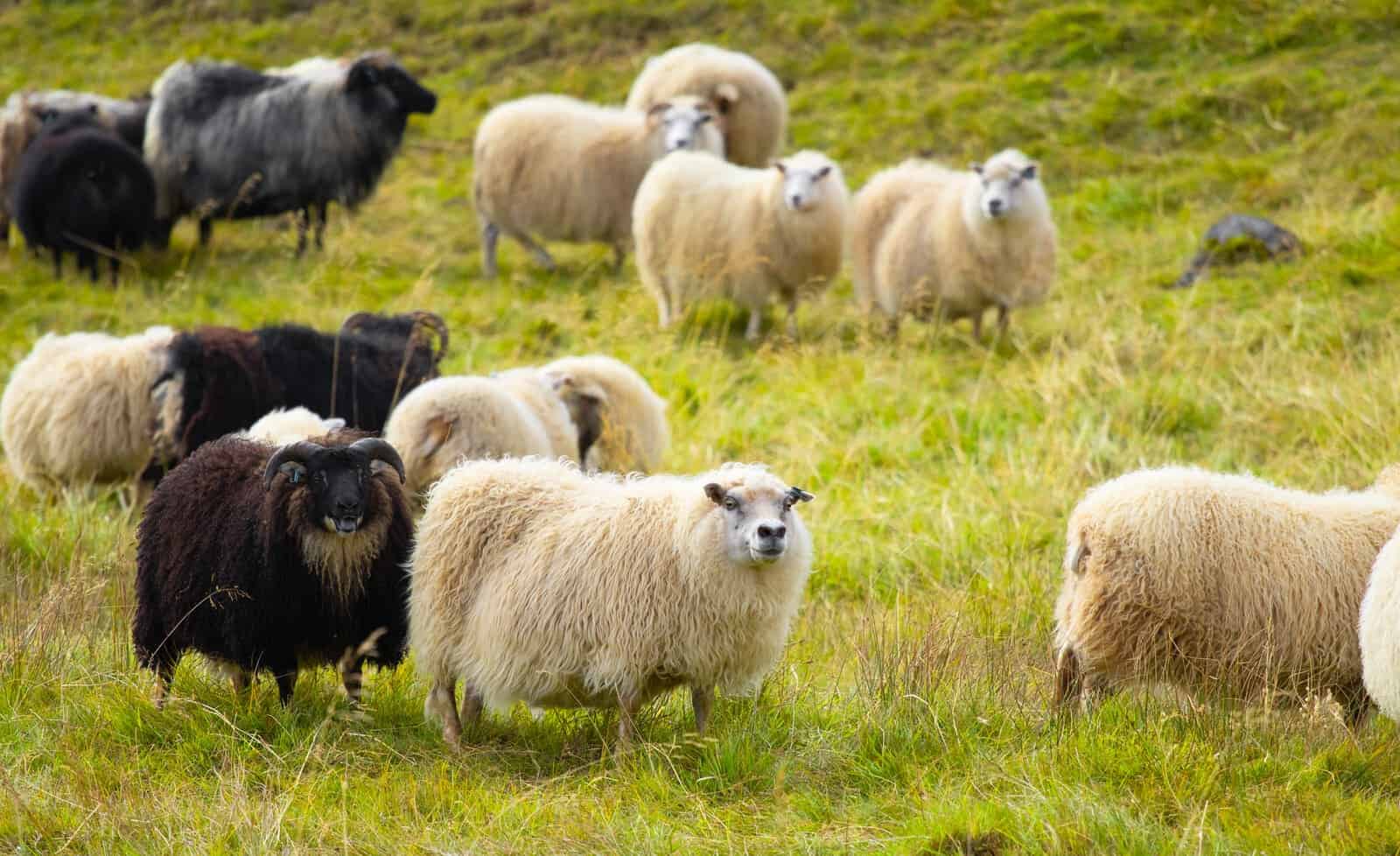Known as the oldest purebred sheep in the world, Icelandic sheep are valued across the globe due to their sturdy wool and fibers, dairy products, and delicious meat. If you are wondering whether they are suitable for your farm — they are ideal for homesteads or small farms — or just curious about this sheep breed, then this article is for you.
Here I discuss everything about purebred Icelandic sheep, including their origin and why they are world-renowned. So, keep on reading!
Origin of the Icelandic Sheep
Breeding Iceland sheep is intrinsically linked to Iceland’s heritage, terrain, and economic growth. Therefore, Icelandic sheep breeders adhere to long-standing seasonal strategies, including agricultural customs, specific meal plans, and land reclamation. These beautiful sheep are related to the short-tailed species once popular in the northern European area.
During the 19th century, scientists started the artificial selection of breeding Iceland sheep. Unfortunately, they discontinued the breeding practices because the experts identified several illnesses in sheep. Nevertheless, the Icelandic sheep remain one of the purest sheep breeds globally because importing sheep to the region is illegal, keeping the bloodline pure.

Breeding
Icelandic sheep are seasonal breeders. In the beginning of October, you will notice mature Icelandic rams developing an unmistakable odor which stays with them throughout the entire breeding season. The odor stimulates breeding activity in Icelandic ewes. The ewes will come into heat sometime in early November and continue through to April.
If you are raising Icelandic sheep for meat, it is important to not slaughter the rams during breeding season. The reason for this is because the smell carries over to the meat and will have a negative effect on the meat.
Icelandic sheep lifespan on average is 12 – 14 years with proper care. How long do sheep live
Icelandic Sheep Appearance
This Icelandic breed is an intermediate-sized species, fine-boned and broad with small legs and a bulky body. They come in a range of shades. In fact, Icelandic sheep have more pattern and color variation than almost any other sheep and distinctive differences that are not visible in any other sheep. Black is the standard color, but you may notice different variations, including white, brown, black, and gray.
Moreover, face color variations are popular in Icelandic sheep. They have pale coloration on the face and dark coloration in the eye. They have open faces. They are considered to be the largest of the short-tailed sheep breeds.
- Rams weigh 180 – 22o pounds
- Ewes way 130 – 160 pounds
Icelandic Sheep Behavior
Icelandic sheep are much more vigilant and faster than llamas and are less respectful. These beautiful sheep don’t have healthy herd behavior, so they don’t remain in a herd as well as other breeds do. Furthermore, they pasture around the large grazing land of the region.
They can be incredibly hostile to other sheep. They quickly become anxious when they make contact with unknown people. The dominant sheep in each herd are generally the ones with horns. An Icelandic ram can be destructive, so be cautious around them, but they are relatively content when they are with their trustworthy caretaker. Learn more about animals with horns.
Sheep are social animals and take their cues from other sheep. They also use each other for protection, especially when out to pasture. Sheep herders rely on a sheep’s natural instinct to follow each other. Shepherds and sheep owners can easily lead sheep them from the barn or shelter to the pasture and back again in the evening due to this tendency.
If raising sheep, plan to raise more than just one. At the same time, it is essential to have enough resources, including enough pasture and shelter. Learn how many sheep per acre you can raise for a healthy flock.
Icelandic Lamb and Sheep Meat
The Icelandic sheep is known worldwide for its yarn, but farmers mainly rear them for meat in Iceland. Sheep meat generates 80 percent of revenue in the country.
The lambs grow up to 80 – 90 pounds in just a few months and are butchered straight from the grasslands, which has placed the Icelandic sheep well in the transition to pasture-based cultivation, allowing landowners to use the sheep breed responsibly.
Consumers are becoming more aware of the health advantages of pasture-fed meats. Furthermore, financial factors push growers towards a pasture-based organization. Hence, the genetic characteristics of the sheep become more beneficial to the sheep business in general.
The sheep is classified as a highland purebred Icelandic sheep. They have traditionally been lighter in taste and thinner than grassland sheep. The flesh is soft with a creamy texture and it is known as gourmet flesh. Another excellent sheep breed for meat is Texel sheep. Learn about raising meat from lamb vs sheep.

Icelandic Sheep Wool
When Icelandic settlers arrived in the region, they started utilizing the fiber or fleece from the Icelandic sheep, making excellent quality clothes that quickly became the country’s biggest export. Before the twentieth century, people manufactured fiber in their homes; however, after the industrial boom of the twentieth century, manufacturing shifted to factories.
Icelandic sheep wool remains widely known within the country and among travelers. The wool of Icelandic sheep is double-coated, and it possesses strands that extend externally.
People utilize Icelandic wool for numerous flannel goods. Exterior strands are extensive, sturdy, and water-resistant, while inner strands are tender, smooth, and insulating, safeguarding against the chilly weather. The best part is that the wool of this animal is available in a range of different shades.
The sheep farmer typically shears the sheep two times per year to remove the old wool. Typically, this should be in the spring (February – April) and again in the fall (October – November). You can learn how to shear a sheep and do it yourself or hire a professional. The sheep have a wool pause in the cold season, and pregnant or lactating sheep have a wool pause in early summer.
Other excellent sheep to raise for wool fibers are Rambouillet sheep as well as Columbia sheep. A breed that is hardy like Icelandics but much smaller are Ouessant sheep. They produce medium wool.
Icelandic Sheepskin
The skin of Icelandic sheep is as ideal as their yarn because they have a limited number of hair follicles. As a result, manufacturers use the furs to make clothing, primarily coats. In the global market, these products are typically big sellers with a high price tag. Sheepskins and pelts are also available as absolutely stunning rugs.
Icelandic Sheep Milk
Milk from Icelandic sheep is very sugary and thick, but it can be served raw or utilized to make quality dairy goods, such as cottage cheese and butter. The local people of Iceland still rear Icelandic sheep for milk.
Overall Characteristics
This breed has enhanced immunity due to the strict breeding practices. When they are four to five months old, each Icelandic lamb is transported to another area for breeding. Their meat has a smooth texture and a distinct and juicy taste. Most people use the meat for stews, and apart from the taste, people buy it because it is inexpensive.

Sheep Are Beneficial to the Land
Sheep grazing has many advantages from an ecological perspective and is an important land use with marked effects on biodiversity, ecosystem function, plant biomass quantity and quality and soil stability. Additionally, raising sheep and their products such as fibers/wool/pelts, etc., milk, meat, breeding, positively impact the economy, especially in rural communities.
Should You Raise Icelandic Sheep
This breed of sheep is versatile and can offer a lot for your homestead or backyard farm. They are stunning creatures, purebred from the beginning, and have never been crossbred. This heritage breed is easy to take care of and doesn’t require any extreme measures.
You can get several valuable woolen products from their fleece fiber, and people primarily raise these short tailed sheep for their wool. But that is not the only reason they are famous. They’re also well-known for their meat and dairy products. Icelandic sheep are excellent for business due to the mixture of their financial and competitive benefits and their pleasant taste.
If you are considering raising livestock for the first time and are learning about which animals will be a fit for your property, learn about the best farm animals. It is important what your property is set up for and how you can care for your animals properly. From there, you can decide what byproducts (meat, milk, wool, fibers, etc.) you want from the animals.
Want to add sheep to your homestead? Learn about:
Featured image credit: muraviov, Yay Images

